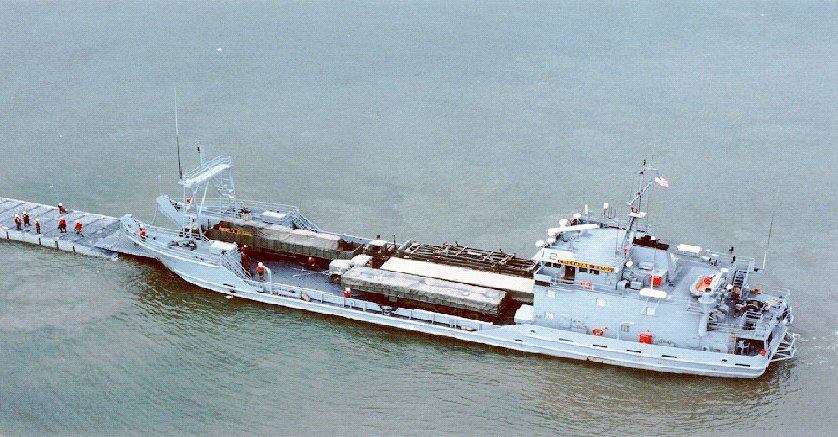Actually, those big guns have use besides normal arty, that is more electronics friendly.The issue is that modern electronics are more susceptible to getting rattle by the big guns, and there is no point in bringing her back without the big guns. Even with those modular systems, you'd have to redesign the electronics compartments to reduce the vibrations.
Gun-launched missiles; 16-inchers could probably fit ESSMs or a few of the Standard Missile family. More useful than the normal 16 inch shells.




